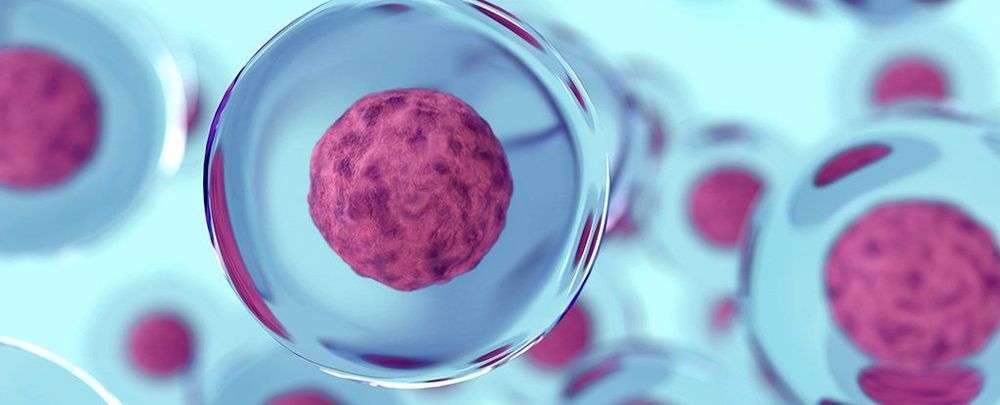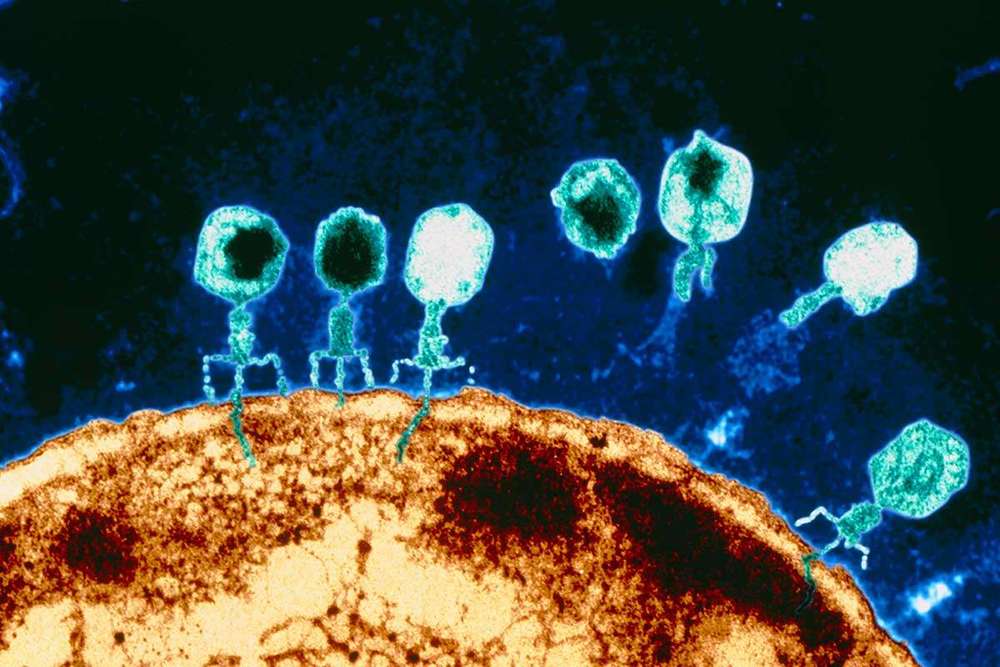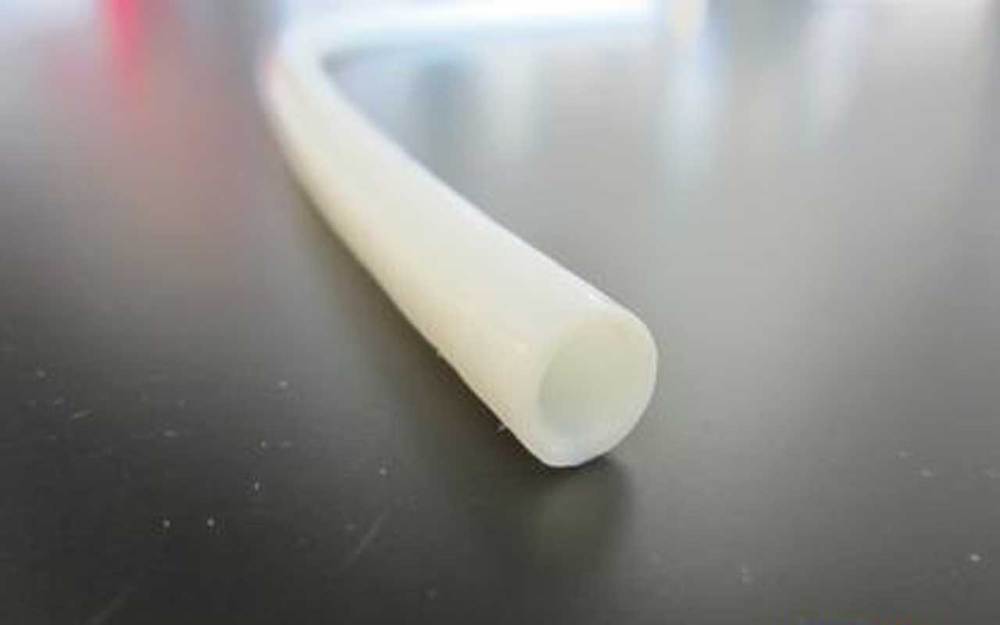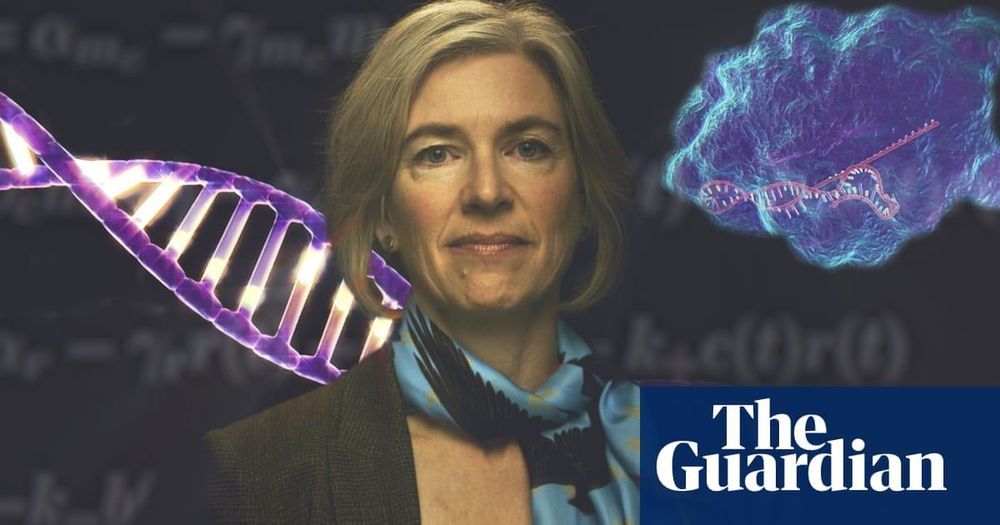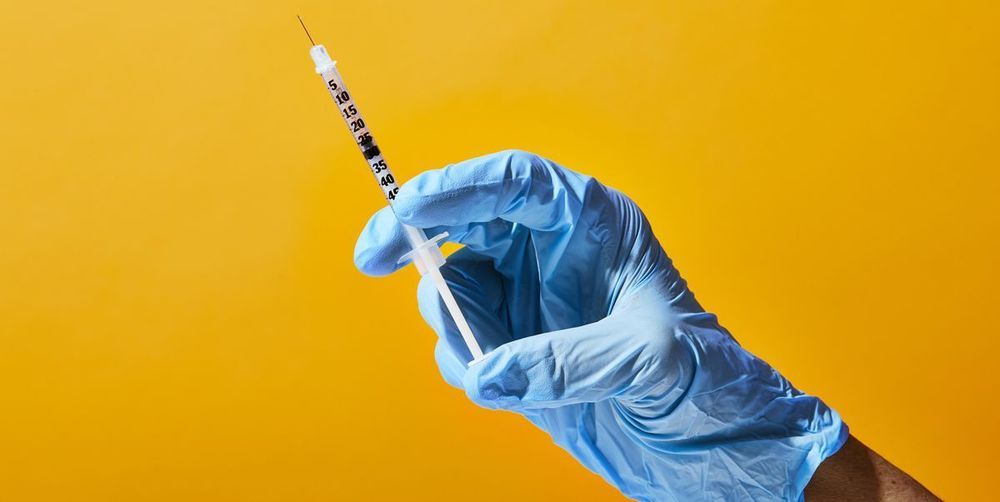Archive for the ‘bioengineering’ category: Page 145
Apr 1, 2019
Scientists Create an Artificial Cell That Makes Its Own Energy
Posted by Quinn Sena in categories: bioengineering, biotech/medical
Artificial cells created inside the lab have taken another major step forward, with scientists developing cells that are able to produce their own chemical energy and synthesise parts of their own construction.
That makes these artificial cells a lot more like real, biological cells – cells that can construct and organise their own building blocks naturally.
Not only could this help us understand how real cells work and come into being in the first place, it could also be vital for a host of other areas of research – such as ongoing efforts to produce artificial organs and other body tissue to fight back against disease.
Continue reading “Scientists Create an Artificial Cell That Makes Its Own Energy” »
Mar 30, 2019
Crispr Gene Editing Could One Day Cut Away Human Pain
Posted by Genevieve Klien in categories: bioengineering, biotech/medical
Mar 30, 2019
Giant viruses have weaponised CRISPR against their bacterial hosts
Posted by Genevieve Klien in categories: bioengineering, biotech/medical
Hundreds of giant viruses that infect bacteria have been discovered. Some seem to deploy CRISPR – the system used for gene editing – to fight their hosts.
Mar 30, 2019
Telomere Lengthening: Curing all diseases including cancer & aging
Posted by Paul Battista in categories: bioengineering, biotech/medical, education, life extension

My mission is to drastically improve your life by sharing how you can quickly break bad habits and build and keep new healthy habits. I read the books and do all the research and share my findings with you in my YouTube videos! Not a bad deal, eh?
This video is a book review of Telomere Lengthening: Curing all diseases including cancer & aging by Dr. Bill Andrews and Jon Cornell.
Continue reading “Telomere Lengthening: Curing all diseases including cancer & aging” »
Mar 29, 2019
Dr. Peter de Keizer — Cleara Biotech BV — Senolytics — IdeaXme — Ira Pastor
Posted by Ira S. Pastor in categories: aging, bioengineering, biotech/medical, business, DNA, genetics, health, life extension, science, transhumanism

Tags: aging, bioquark, biotech, cancer, cleara, health, healthspan, ira pastor, lifespan, regenerage, regeneration, research, science, senolytics, wellness
Mar 28, 2019
Long term study finds engineered blood vessels turned to living tissue
Posted by Genevieve Klien in categories: bioengineering, biotech/medical
Researchers from Yale and a medical company called Humacyte have published the results of a long term study that shows engineered blood vessels that are implanted into humans eventually evolved into living tissue. The vessels are known as bioengineered acellular human vessels (HAVs).
Mar 28, 2019
The biggest revolution in gene editing: Crispr-Cas9 explained – video
Posted by Genevieve Klien in categories: bioengineering, biotech/medical, genetics
Prof Jennifer Doudna, one the pioneers of Crispr-Cas9 gene editing, explains how this revolutionary discovery enables precise changes to our DNA, which can be used to correct mutations that cause genetic diseases and eradicate them from a germ line. Doudna raises the key issues of debate around gene editing and suggests what will have the most immediate impact.
Mar 26, 2019
Gene Editing Tools Like CRISPR May Help Us Cure Herpes One Day
Posted by Quinn Sena in categories: bioengineering, biotech/medical
Mar 22, 2019
Dr. John LaMattina — Former President Pfizer Global R&D; Partner PureTech Ventures — IdeaXme — Ira Pastor
Posted by Ira S. Pastor in categories: aging, bioengineering, biotech/medical, business, DNA, genetics, health, life extension, science, transhumanism

Tags: aging, akilli, biopharma, bioquark, biotech, health, healthspan, ira pastor, John Lamattina, Life extension, lipitor, longevity, metformin, mTOR, Pfizer, pharma, PureTech, viagra, wellness

